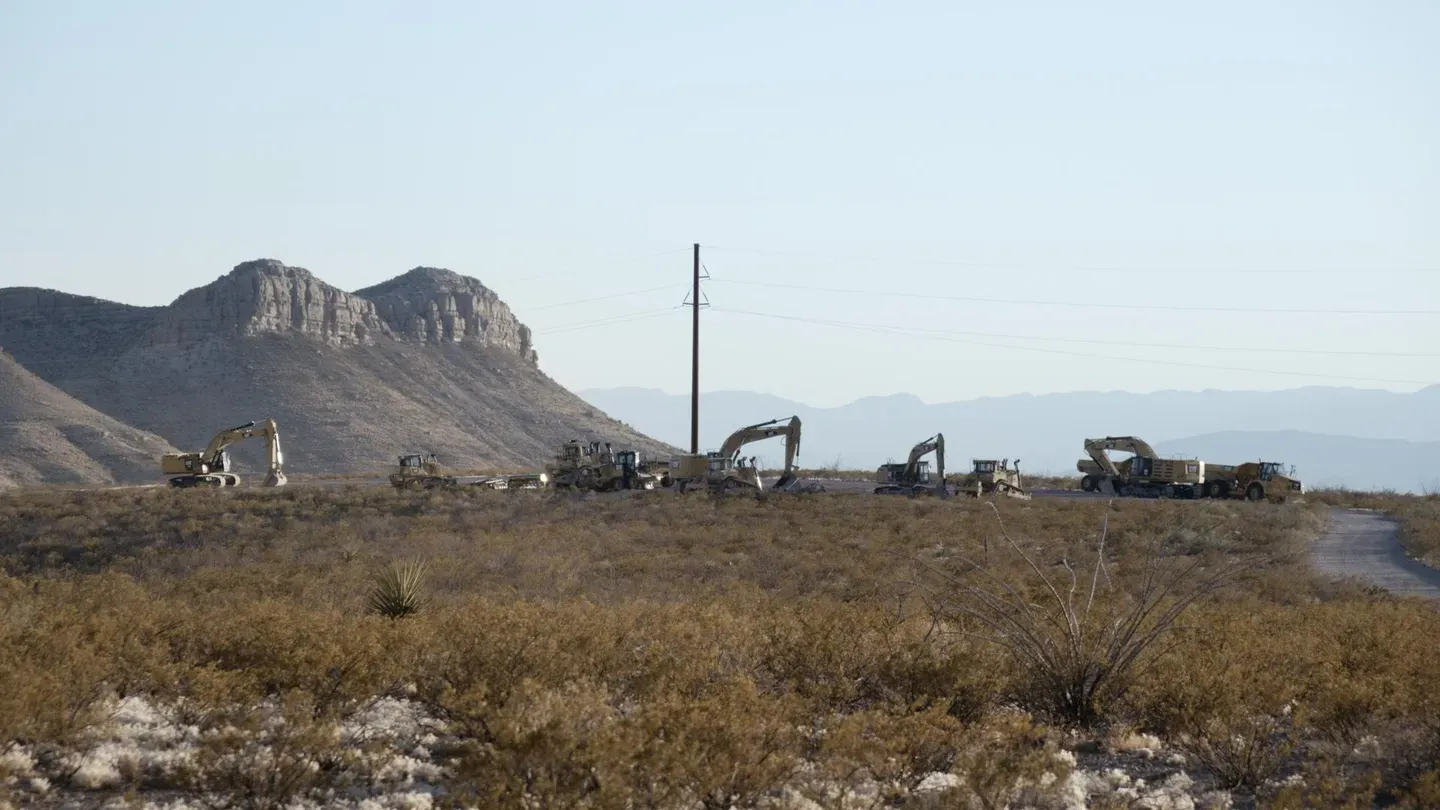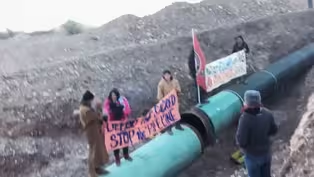

A Texas Myth
Season 4 Episode 2 | 55m 51sVideo has Closed Captions
In West Texas, the Two Rivers camp is home for a determined group of pipeline protestors.
The Glover family invites an indigenous activist group to start a protest camp on their land in West Texas. Roughly 20 miles north of the US-Mexico Border, the Two Rivers camp sets out to fight the same company that built the pipeline at Standing Rock. As more oil and gas projects threaten the region, their struggle reveals much about the colonial legacy of Texas and the price of activism.
Problems playing video? | Closed Captioning Feedback
Problems playing video? | Closed Captioning Feedback
Support for Reel South is made possible by the National Endowment for the Arts, the Center for Asian American Media and by SouthArts.

A Texas Myth
Season 4 Episode 2 | 55m 51sVideo has Closed Captions
The Glover family invites an indigenous activist group to start a protest camp on their land in West Texas. Roughly 20 miles north of the US-Mexico Border, the Two Rivers camp sets out to fight the same company that built the pipeline at Standing Rock. As more oil and gas projects threaten the region, their struggle reveals much about the colonial legacy of Texas and the price of activism.
Problems playing video? | Closed Captioning Feedback
How to Watch REEL SOUTH
REEL SOUTH is available to stream on pbs.org and the free PBS App, available on iPhone, Apple TV, Android TV, Android smartphones, Amazon Fire TV, Amazon Fire Tablet, Roku, Samsung Smart TV, and Vizio.
Providing Support for PBS.org
Learn Moreabout PBS online sponsorshipA Texas Myth Behind the Scenes of a Protest
Video has Closed Captions
Clip: S4 Ep2 | 1m 33s | Behind the scenes footage of activists protesting the construction of a pipeline. (1m 33s)
Video has Closed Captions
Clip: S4 Ep2 | 1m 23s | Native activist discusses his personal history and the role of all people on the land. (1m 23s)
Providing Support for PBS.org
Learn Moreabout PBS online sponsorshipSupport for PBS provided by:
Support for Reel South is made possible by the National Endowment for the Arts, the Center for Asian American Media and by SouthArts.

















